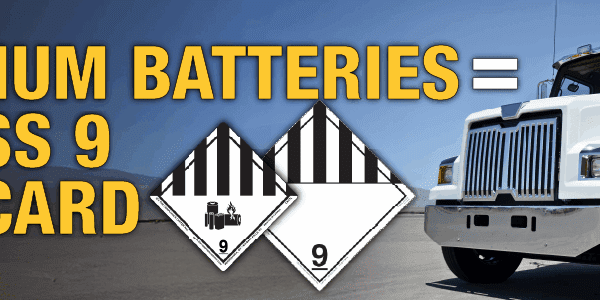
Despite the burden that the COVID pandemic has placed on regulators, more changes and updates are occurring to transportation regulations to ensure that dangerous goods can be transported without any unnecessary risk to the public. One that has recently been made in Canada involves the transportation of anhydrous ammonia by rail in what are called “nurse tanks.”
What is a nurse tank? They’re bulk containers used to transport products such as liquid anhydrous ammonia, usually by farmers for agricultural purposes. According to one source:
“[T]anks are most often either 1,000 or 1,500 gallons in size although 2000 gallon nurse tanks may be seen. A full 1,000 gallon tank will weigh 7,500 pounds and a full 1,500 gallon tank will weigh about 10,600 pounds…. All valves and gauges will be located on the top of the nurse tank and toward the front except for the pressure relief valve. The valves and gauges will be protected by a roll cage or some other means. A hydrostatic relief valve will be present anywhere in the plumbing system where ammonia liquid or vapor is trapped and needs to be safely removed.”
Transport Canada explains further that farmers “can apply anhydrous ammonia to their fields using nurse wagons, pulled behind a tractor. Some of these nurse wagons consist of multiple inter-connected tanks, while newer wagons consist of larger single tank installed on a wagon. These are all considered as nurse tanks.”
As bulk containers, nurse tanks for dangerous goods in Canada are subject to standards from the Canadian Standards Board (CSA). These standards, CSA B620 and CSA B622 have been updated in 2020 to reintroduce a specific tank type, TC 51, as the main type of nurse tank to be used in agricultural service. These tanks had not been included in the previous edition of CSA B620, published in 2014 since they were “believed not to be needed.” However, the CSA B620 Technical Committee revisited the issue and added the TC 51 specification tank back for 2020.
TC51 tanks are described by Transport Canada as follows:
- Portable tank for liquefied compressed gases (e.g. LPG, NH3); Steel;
- Seamless or welded or both;
- Water capacity greater than or equal to 450 L (119 USG);
- Design pressure of at least 690 kPa (100 psi) and no more than 3450 kPa (500 psi)
The addition of this tank type for anhydrous ammonia has led to a number of requirements being added to CSA B620:20. For example, the standard includes requirements for mounting the tanks on a vehicle or trailer, and requirements for certified engineers to test and approve tanks. This will include doing leakage testing.
To assist those who deal with nurse tanks for anhydrous ammonia, Transport Canada has published a bulletin describing the new requirements, and how to get approved as a registered tester for them.
Do you have any questions about selecting packaging for dangerous goods? Contact ICC Compliance Center here at 888-442-9628 (U.S.) or 888-977-4834 (Canada), and ask for one of our regulatory specialists. We can help you find the information you need.
We have all the products, services and training you need to ensure your staff is properly trained and informed.
 Hazard Class 2 – Anhydrous Ammonia, Rigid Vinyl, UN 1005 |
 Shipping Dangerous Goods by Ground in Canada Training Courses |






 ICC USA
ICC USA ICC Canada
ICC Canada